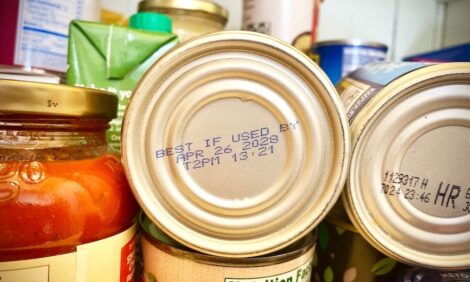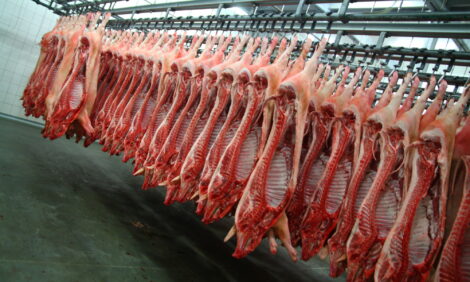



Australia – Livestock and Products Annual 2011
Pig meat production is expected to increase steadily in CY 2012 in response to improved feed supplies, according to the latest GAIN report from the USDA Foreign Agricultural Service.Summary
Australia appears to have fully recovered from the severe drought which started in 2002 and began to end with widespread, soaking rains on Christmas Day 2009. In CY 2010, record rainfall was recorded in some areas, with major flooding affecting the worst affected areas during the spring (September 2010 to November 2010) and summer (December 2010 to February 2011) seasons. 2010 has been compared by many with the legendary rains of 1974, which saw devastating cyclones (Cyclone Tracey) in northern Australia and heavy flooding in eastern Australia. Much of Western Australia, however, remained in drought during CY 2010.
Following a modest recovery in CY 2011, the Australian pig meat industry is projected to continue to recover in CY 2012. Inventory, production, and consumption are all forecast to increase at modest rates in CY 2012. The historically high value of the Australian dollar is expected to see imports of pig meat increase, while exports are expected to remain flat in CY 2012.
Inventory
Closing inventory is forecast to increase modestly to 2.45 million head, reflecting a steady recovery following the adverse conditions from CY 2002 to CY 2009. Despite the increase, this forecast remains well below the 10-year average of 2.74 million head established using historic ABARES data. Sow numbers are also expected to increase in CY 2012.
Despite the breaking of the drought at the end of CY 2009, and the sharp increase in feed supply that followed, high grain prices have partially constrained recovery of the pig meat industry. Grain costs continue to account for the majority of the cost of pig meat production in Australia.
Slaughter
Total slaughter for CY 2012 is forecast to increase modestly to 4.75 million head, a similar increase to the previous year. Post expects slaughter to increase in-line with the modest increases in inventory as the industry continues to steadily recover from the drought. Post’s forecast remains in-line with industry data showing a steady increase in monthly slaughter numbers beginning in September 2009 and continuing until June 2011.
Relatively high feed costs and reduced export returns (due to the high Australian dollar value) are expected to continue to limit growth in CY 2012.
Production
Production is forecast to increase modestly to 350,000 metric tons (MT) in CY 2012. This increase remains slightly higher than the forecast increase for slaughter and relies on a continuation of the steady increase in average carcass weights. Increased feed supply is expected to see carcass weights continue to increase following the end of the drought, albeit at a steady rate.
Exports
Exports are forecast to remain largely unchanged in CY 2012 at 42,000MT. The strong Australian dollar in CY 2011, despite easing somewhat recently, is expected to continue into CY 2012 and this will likely constrain export returns and, in turn, export volumes.
Imports
Imports are expected to increase around three per cent to 180,000MT in CY 2012, higher than the forecast rate of increase for domestic production or exports. The high value of the Australian dollar has greatly increased domestic purchasing power for imports, particularly from the US. The long-term, positive trend in pork consumption is also expected to assist pork imports for the foreseeable future.
Official trade data reflect imports from Canada and Denmark declining slowly in CY 2011 (year-to-date). However, imports from the US over the same period are increasing strongly in response to more favourable changes in currency valuations. Post expects this trend to continue into CY 2012 and this is expected to see total imports of pig meat increase slightly.
Policy
The Australian pig meat industry currently raises industry funds for programmes in the areas of marketing, research and development and chemical residue management. These funds are raised through an industry levy, which is collected at the point of slaughter at the rate of A$2.525 per carcass. Funds collected are distributed at the rate of A$1.35 for marketing; A$1.00 for research and development and A$0.175 for the nation residue survey.
Australian Pork Limited, the industry body, is currently in the process of consulting pork producers on a proposal to increase the levy by A$0.90. The proposed increase requires producers to vote in favour of the proposal. According to media reports, the increase would only be added to the marketing portion of the levy, increasing it from the current A$1.35 to A$2.25. It is proposed that the increase be phased in over time with the first increase of A$ 0.30 taking effect on 1 July 2012. A subsequent increase of A$0.30 would take effect on 1 July 2014 and the remainder taking affect on 1 July 2016.
Further Reading
| - | You can view the full report by clicking here. |
September 2011








